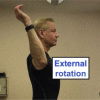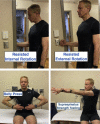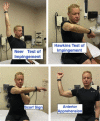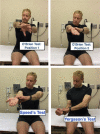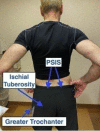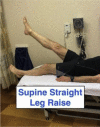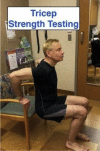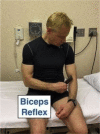The Telemedicine Musculoskeletal Examination
- PMID: 32753146
- PMCID: PMC7395661
- DOI: 10.1016/j.mayocp.2020.05.026
The Telemedicine Musculoskeletal Examination
Erratum in
-
Correction.Mayo Clin Proc. 2020 Oct;95(10):2299. doi: 10.1016/j.mayocp.2020.08.003. Mayo Clin Proc. 2020. PMID: 33012368 Free PMC article. No abstract available.
Abstract
Telemedicine uses modern telecommunication technology to exchange medical information and provide clinical care to individuals at a distance. Initially intended to improve health care for patients in remote settings, telemedicine now has a broad clinical scope with the general purpose of providing convenient, safe, and time- and cost-efficient care. The coronavirus disease 2019 pandemic has created marked nationwide changes in health care access and delivery. Elective appointments and procedures have been canceled or delayed, and multiple states still have some degree of shelter-in-place orders. Many institutions are now relying more heavily on telehealth services to continue to provide medical care to individuals while also preserving the safety of health care professionals and patients. Telemedicine can also help reduce the surge in health care needs and visits as restrictions are lifted. In recent weeks, there has been a significant amount of information and advice on how to best approach telemedicine visits. Given the frequent presentation of individuals with musculoskeletal complaints to the medical practitioner, it is important to have a framework for the virtual musculoskeletal physical examination. This will be of importance as telemedicine continues to evolve, even after coronavirus disease 2019 restrictions are lifted. This article will provide the medical practitioner performing a virtual musculoskeletal examination with a specific set of guidelines, both written and visual, to enhance the information obtained when evaluating the shoulder, hip, knee, ankle, and cervical and lumbar spine. In addition to photographs, accompanying videos are included to facilitate and demonstrate specific physical examination techniques that the patient can self-perform.
Copyright © 2020 Mayo Foundation for Medical Education and Research. Published by Elsevier Inc. All rights reserved.
References
-
- Institute of Medicine . The National Academies Press; Washington, DC: 2012. The Role of Telehealth in an Evolving Health Care Environment: Workshop Summary. - PubMed
-
- Perednia D.A., Allen A. Telemedicine technology and clinical applications. JAMA. 1995;273(6):483–488. - PubMed
-
- Kelton D.K., Szulewski A., Howes D. Real-time video telemedicine applications in the emergency department: a scoping review of literature. CJEM. 2018;20(6):920–928. - PubMed
-
- Lindsay J.A., Day S.C., Amspoker A.B. Personalized implementation of video telehealth. Psychiatr Clin North Am. 2019;42(4):563–574. - PubMed
-
- Ward M.M., Jaana M., Natafgi N. Systematic review of telemedicine applications in emergency rooms. Int J Med Inform. 2015;84(9):601–616. - PubMed
Publication types
MeSH terms
Grants and funding
LinkOut - more resources
Full Text Sources
Medical


